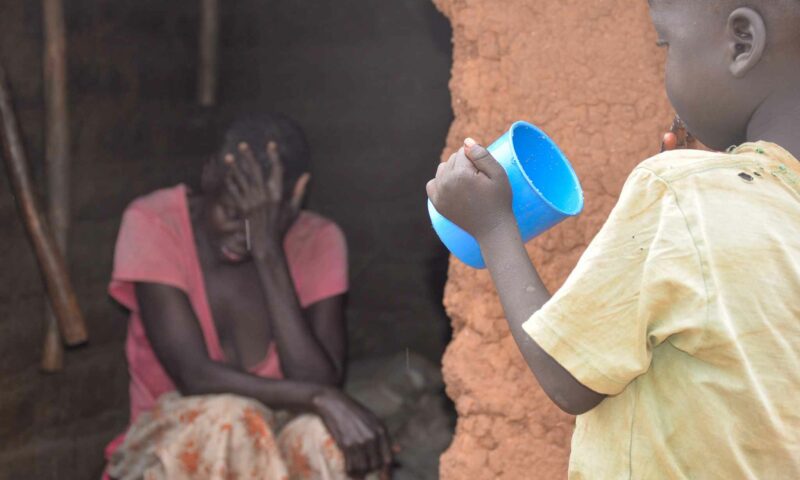By Spy Uganda Correspondent
Over 89,000 children below five years and 10,000 pregnant and breastfeeding women across the nine districts of Karamoja are malnourished and need urgent treatment. This is according to this year’s Integrated Food Security Phase Classification (IPC), an international standard of classifying food security and nutrition situations.

The analysis shows that all nine districts of Karamoja – Kotido, Kaabong, Karenga, Nabilatuk, Abim, Moroto, Napak, Amudat and Nakapiripirit – are classified as IPC Phase 3 and are experiencing crisis levels of food insecurity, which has led to increased levels of malnutrition. This mirrors last year’s findings, when, for the first time, the IPC showed that every district in Karamoja experienced crisis levels of food insecurity or worse.
Further, over 580,000 people, 45 percent of the population, fall under the crisis category. The IPC predicts that the situation is likely to improve by the end of the year, with the percentage of the population in crisis dropping to 25 percent. However, without a targeted and effective response, at least 32,300 people, comprising three percent of the population, will slip into IPC phase 4, the emergency phase of food insecurity.

The IPC working group, composed of representatives from the Ministry of Agriculture, Animal Industry and Fisheries, Office of the Prime Minister, Ministry of Health, the United Nations World Food Programme (WFP), the Food and Agriculture Organisation of the United Nations (FAO), the United Nations Children’s Fund (UNICEF) and partners, further warns that the trends show that the food insecurity situation in the region has continued to deteriorate and, without urgent intervention, will only get worse. In 2020, 27 percent of the population was at crisis or worse. In 2021, it was at 30 percent before rising further to 41 percent in 2022 and 45 percent this year.
“The food security situation is getting worse, while funding for emergency and long-term livelihood projects is reducing,” WFP Uganda Deputy Country Director, Mr Marcus Prior, said. “We must act urgently and decisively to improve the health and food security situation in Karamoja. We owe it to our brothers and sisters in the region not to leave anyone behind as we work towards zero hunger by 2030. When people are malnourished, they do not have the fuel to work for their goals and reach their full potential, and the country loses out on their contribution.”

Already, the government, WFP and partners are working together to strengthen early warning systems for the Karamoja community to predict, reduce and respond to shocks. WFP is also working to improve school feeding, provide alternative livelihood options such as fish farming, bee keeping as well as give farmers the knowledge and skills to produce good quality food that fetches a good price on the market. FAO is working on livestock vaccination, management and control of pests and diseases. But there is need to invest more in addressing food insecurity and malnutrition in Karamoja.
High levels of food insecurity in Karamoja are closely linked to insecurity, fluctuating weather that leads to inadequate food production as well as poor health, hygiene, and sanitation. All these factors compound the already dire food insecurity situation and worsen the impacts of malnutrition. Women and children are particularly hit.
The IPC nutrition assessment shows that many pregnant and breastfeeding women carry a heavy home workload, and this makes it difficult for them to apportion enough time to take care of the health and nutrition of their children. The analysis showed that 87 percent of children below five in the Karamoja region were left alone for more than an hour, at least once a week. Younger children are more likely to be left alone for more than an hour, with 100 percent of children under two left alone for an hour at least once a week. For children over two years, it stands at 79 percent.
One district, Kaabong, is classified as having critical levels of acute malnutrition. Five districts – Kotido, Moroto, Nabilatuk, Nakapiripirit and Amudat – were classified as serious and three districts, Karenga, Abim and Napak are on alert.
In Kaabong, the Global Acute Malnutrition (GAM) rate is 18 percent. The lowest Global Acute Malnutrition prevalence was in Abim at 6 percent. While the GAM prevalence in Moroto is still high at 10.8 percent, the district registered remarkable improvement from 22 percent in 2022.







